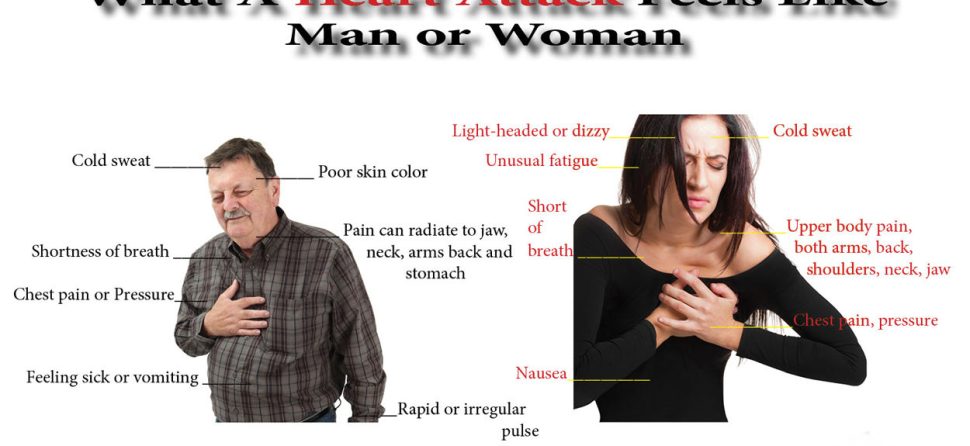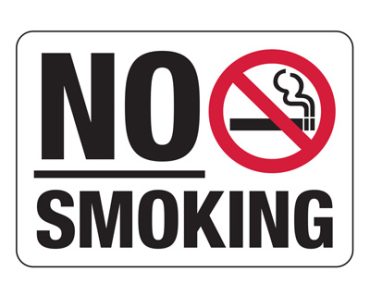By Divya Jithin
The must know facts about Heart Disease in Women
What is the No 1 Killer disease of Women? The answer that comes to the mind of the majority is Breast Cancer. But in reality, it is the Heart disease. Heart disease is coming up as the No. 1 killer disease among women.
As per the American Cancer Society, cancer claims the life of 1 in 8 women, whereas American Heart Association reports that heart disease is causing 1 in 3 women deaths each year. As per the Centers for Disease Control, 54 percent of women do not realize that they are at greater risk for heart disease than breast cancer.
The story is not different in India as well. Various studies conducted on Indian women reveals that heart disease risk in women are much more than 3 years ago. In fact, 60% of the women that comes in the age group 30-45 are vulnerable to heart disease.
Let’s look more into this and see what is causing heart diseases among women and what measures can be taken to keep our heart healthy.

What does Heart disease mean
Our heart is a muscle which gets energy from blood, which carries oxygen and nutrients. The heart pumps blood throughout the body through arteries and veins. Heart disease is any kind of disorder which affects the functioning and structure of the heart. Heart disease (Cardiac disease) is different from Cardiovascular disease(CVD). CVD is related to any disorder of the heart and the blood vessels, whereas heart disease refers to just the functioning of the heart.
Heart disease in women facts
-
Heart disease is the leading cause of death among women.
-
Most women have at least one risk factor for heart disease.
-
Heart attack symptoms can be different for women than for men.
Risk factors for Women
Though factors like High Cholesterol, Obesity and high blood pressure are common for men and women, there are some other factors which play a very important role in developing heart disease for women compared to men.
Mental Stress and Depression – Women’s hearts are more affected by stress and depression than men’s.
Diabetes – Women with diabetes are at greater risk of heart disease than men with diabetes.
Smoking – In women, smoking is a greater risk factor for heart disease than it is in men.
Menopause – Low levels of estrogen after menopause stands as a significant risk factor for developing cardiovascular disease in the smaller blood vessels.
Inactivity – A lack of physical activity is a major risk factor for heart disease.
Pregnancy Complication – High blood pressure or diabetes during pregnancy can increase women’s long-term risk of high blood pressure leading to the risk of developing heart disease.

Symptoms of Heart Disease in Women
When we think about heart attack, the picture that comes to our mind is a person gasping, clutching his chest and falling to the ground. In reality, it may not be like that always.
Unlike men, some women have no symptoms at all. Almost two-thirds (64%) of women who die suddenly of coronary heart disease have no previous symptoms. Younger women with heart disease are more likely to be affected than men of the same age with heart disease. It is especially important for women and their doctors to be aware of early risk detection for primary prevention.
The most common heart attack symptoms in women are listed below:
-
Pain in Jaw, Neck, Shoulder, Upper back or abdominal pain without Chest pain.
-
Shortness of breath with or without chest discomfort.
-
Pain in one or both arms
-
Nausea, Dizziness or Vomiting
-
Sweating
-
Uncomfortable pressure, squeezing, frequent pain in the center of your chest that lasts more than a few minutes.
-
Unusual Fatigue

First Aid for a Heart attack patient
-
Immediately arrange medical care for the patient.
-
Help the person to sit in a comfortable position, rest and try to keep calm.
-
Give an aspirin if available (if not allergic) and tell them to chew it slowly. It has anti-coagulant properties and helps dissolve blood clots.
-
Ask the person to cough.
-
Keep checking that the patient is breathing and has a pulse until he gets medical care. If not, provide immediate cardiac massage and artificial respiration until the patient gets proper medical attention.

What we can do to Prevent Heart Disease
The good news about heart disease is that if we are aware that it is a primary health risk for women we can take preventive steps. While family history, age, gender, race and having had a previous heart attack or stroke put you at a high risk, you can control many aspects of your health to prevent heart disease.
Heart Healthy Diet – Follow a healthy diet that includes whole grains, a variety of fruits and vegetables, low-fat or fat-free dairy products. Avoid or reduce the intake of red meat, saturated or trans fat, added sugars, and high amounts of salt and beverages.
Maintain Healthy weight – Maintaining a healthy weight is important for overall health. Therefore maintain a healthy weight, follow a heart-healthy eating plan and keep physically active.
Quit smoking – If you smoke, it’s high time to stop it as it can raise your risk for coronary heart disease and heart attack and worsen other coronary heart disease risk factors. Also, limit alcohol intake.
Be Physically Active – If you don’t have an exercise routine, start planning a new one with at least a 30 min walk daily.
Stress and Depression – Practice techniques for managing stress, such as muscle relaxation and deep breathing.
Treatments and Therapies – Go for regular checkups. Proper medications have to be taken to keep your blood pressure, blood cholesterol, diabetes etc. under control.
So ladies by going a step ahead and giving a little care to our body we can have a healthy and loving heart. With a healthy heart… the beat goes on!!!!!!





